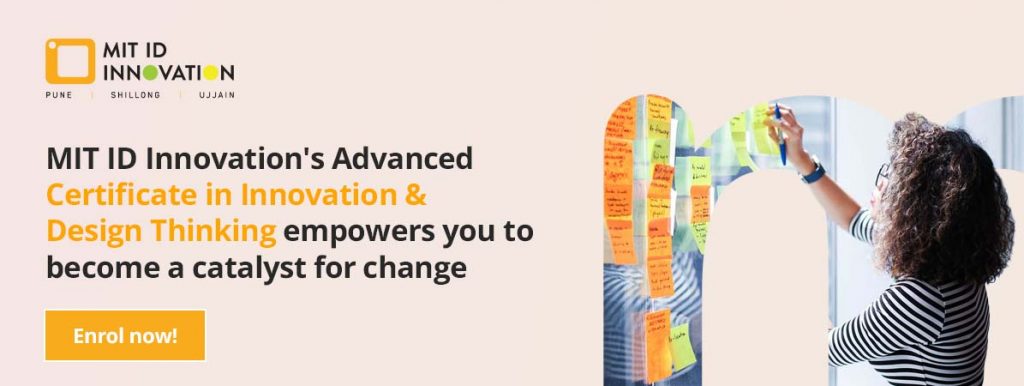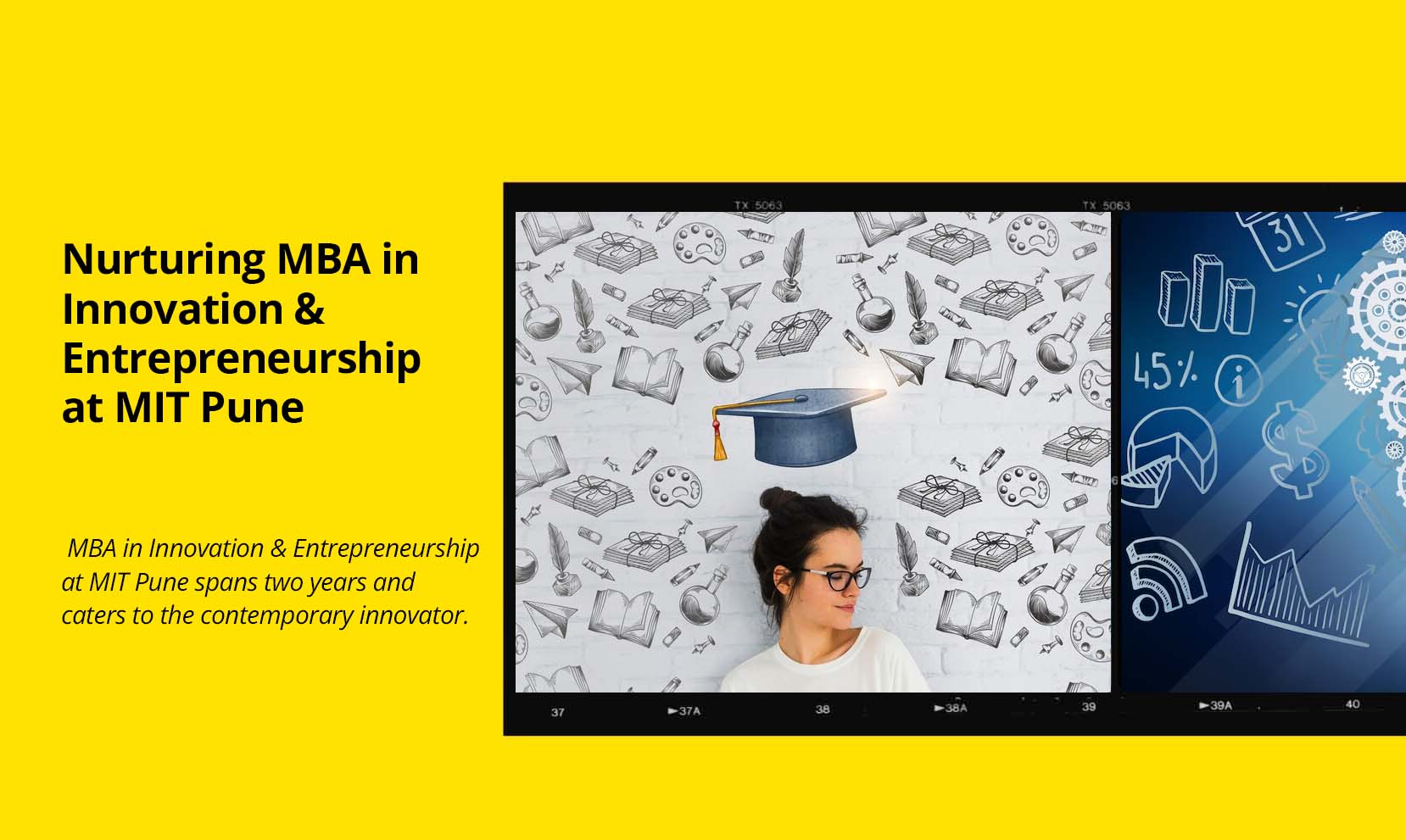Design Thinking vs. Traditional Problem-Solving: A Comparative Analysis
Design thinking and traditional problem-solving are two popular strategies for tackling complex challenges. Despite having different goals and techniques, they are both quite effective in their own ways. To properly appreciate the differences between the two, it is critical to first characterize each technique before evaluating how they differ from one another. The essential contrasts between Design Thinking and Traditional Problem-Solving will be addressed in this comparative study, with a special emphasis on the methodology used and how those strategies apply to the setting of a Post Graduate Diploma in Design Thinking.
Understanding Traditional Problem-Solving
Problem-solving is a more structured approach to finding solutions to specific issues. It is a process for finding the underlying cause of an issue and then devising the best solution. Problem-solving requires the following skills:
Concentrate on a single problem
The primary goal of problem-solving is to find a solution to a specific problem. The problem is first identified, and then the best explication is sought.
Responses based on analysis and logic
The purpose of issue-solving is to find rational and analytical answers. It assesses several options and selects the best one using a systematic technique, such as the scientific method.
Repair the immediate problem
The purpose of problem-solving is to solve the current problem.
Examining the Heart of Design Thinking
This human-centred, iterative, and exceedingly creative problem-solving technique’s key component is an empathic understanding of users’ needs, desires, and pain areas. The conventional approach consists of five steps: empathize, define, ideate, prototype, and test. This approach encourages accepting ambiguity, challenging assumptions, and participating in group brainstorming to generate diverse ideas. Because they allow for the rapid development and testing of novel solutions, prototyping, and iteration are critical components of it.
The emphasis on end-users, their feelings, and the overall user experience distinguishes it. This customer-focused strategy ensures that solutions emotionally connect with users, enhancing satisfaction and loyalty. Furthermore, these view failure as an opportunity for growth and learning, allowing people to take calculated risks without fear of repercussions.

Design Thinking: A Human-Centered Creative Journey
This method of thinking contains empathy and creativity, which are valued in the all-encompassing problem-solving strategy. In contrast to traditional methodologies, it seeks to completely know end-user desires and sentiments before going on to solutions. The approach is iterative and encourages open-minded inquiry. Let us look at its core concepts:
Empathy-Driven
It begins with empathy and focuses on the end users. We can develop solutions that speak to people by understanding their needs, desires, and goals.
Divergent Thinking
It encourages unrestricted creativity and outlandish ideas. Brainstorming sessions are encouraged to explore various ideas and create groundbreaking discoveries.
Iterative Process
It is an iterative process of prototyping, testing, and refining. This strategy of continuous improvement and flexibility is feasible.
Is Design Thinking Better Than Conventional Thinking?
It is a more recent way than traditional thinking and has the potential to alter how challenging problems are tackled in enterprises.
The basic goal of this method of thinking is to understand user needs and create solutions that are uniquely tailored to meet them. This encourages the creation of new products, services, and experiences that are more likely to succeed in the market. Traditional thinking typically follows a predetermined procedure to achieve a pre-established outcome. This method is adaptable, collaborative, and focused on understanding people and their needs.
Design Thinking vs. Traditional Problem-Solving
When compared to problem-solving, design thinking focuses a higher emphasis on developing unique solutions. The first phase in this process is to understand the user’s demands, which are then leveraged to develop original and innovative solutions. Problem-solving, on the other hand, is concerned with identifying a solution to a specific issue.
Problem resolution is more systematic, whereas design thinking is more open-ended encouraging teams to experiment and explore new ideas. The former takes an organized approach, trying for rational and analytical solutions.
Moreover, problem-solving methods are more focused on finding a logical answer, and design thinking caters to user-centred experience. It begins with empathy for the user, which centres the user in the problem-solving process.
Finding solutions to complex problems is possible with the help of these strategies. While problem-solving can be used to assess and implement the best solution, design thinking can help teams generate new ideas to explore potential. By understanding the underlying differences between the two, teams can use both methodologies to find the optimal solution for their specific situation.
Differences between Design thinking and traditional problem-solving
While both methods are effective methods for dealing with complex challenges, there are numerous key differences between the two:
Stages of Problem Solving
Classic problem-solving processes include problem identification, data collection, analysis, solution formulation, execution, and evaluation. The steps guide the process from start to finish. The five steps are typically empathized, defined, ideated, prototyped, and tested. These steps can be iterated and are not always precisely linear. It encourages insistent feedback and teamwork at every stage.
User-Centricity
Though traditional techniques consider user needs, the user experience may not always precede functionality and efficiency. The end user’s social and emotional needs will likely be overlooked. These techniques aspire to deeply understand user needs, issues, and desires. Their emphasis results in solutions that emotionally connect with people, increasing user pleasure.
Idea Generation
In conventional ways, preexisting information and prior experiences limit idea production. It is possible to dismiss innovative and imaginative ideas in favour of tried-and-true ways.
Design Thinking encourages “out of the box” thinking. Participants are encouraged to venture into uncharted terrain and develop wild ideas. The emphasis is on the sheer number and variety of ideas that appear to result in game-changing inventions.
Tolerance for Peril and Risk
Traditional problem-solving may be risk-averse since it focuses on discovering the best and safest solution. Failure is frequently revealed or regarded as a setback.
“Failing fast” and learning from mistakes are themes that it embraces. It encourages people to take calculated chances and learn from mistakes by viewing failure as an opportunity for growth and discovery.
Prototyping and testing
Prototyping and testing are usually performed at the end of a procedure after a solution has been selected. There may be a lack of feedback loops, making implementation challenging.
Prototyping and testing are both part of the technique. Rapid prototyping allows for the testing and improvement of ideas early, eliminating risks and enabling continuous progress. An iterative procedure increases the quality and utility of the final solution.
Embracing Creativity and Innovation
Although the perspectives offered by both of these techniques differ, combined, or used in tandem, they can unleash a powerful force of creativity and inventiveness.
Empathy-driven Solutions
Emphasis on empathy lets us thoroughly understand end users’ needs and goals. We may build solutions that address the issue at hand and produce memorable and captivating experiences by incorporating this component into traditional problem-solving.
Expanding the Idea Horizon
Finding the best responses to conventional problems involves extensive data analysis and prior experience. By integrating it with its divergent approach to idea production, we may study a broader range of possibilities and generate groundbreaking concepts.
Iterative Refinement
While problem-solving is often a linear process in a classic problem, it promotes iteration. By incorporating iterative loops into the problem-solving process, we can continuously hone and enhance solutions based on input and testing.
Risk-Tolerance and Learning
In addition to traditional problem-solving, Design Thinking encourages experimentation and calculated risks, considering failure a learning opportunity. Adopting the mindset of “failing fast” as we navigate the problem-solving process allows us to adapt and develop.
While traditional problem-solving techniques might be effective in some instances, it is an excellent tool for students interested in a career in design and innovation because it emphasizes continuous learning, iterative feedback, and user-centred solutions. By integrating the two strategies, individuals can build a comprehensive set of problem-solving abilities to take on complex challenges and influence genuine change across various domains.
In a nutshell
Problem-solving has evolved into a critical skill in the ever-changing landscape of opportunities and challenges. Traditional Problem Solving has emerged in response to increased innovation and creativity. Both approaches seek practical solutions but differ in strategy, procedure, and outcomes. MIT ID University’s unique and user-centered approach to these methods helps you do well. It aligns well with the program’s goals of stimulating creativity and empathy-driven problem-solving for a Design Thinking Course.
Data was used early in the process to influence our thoughts, solutions, and plans in the traditional approach. To get the best response, we use an ongoing stream of feedback.
The conventional methodology is the traditional approach to problem-solving, and it comprises using the procedures and solutions that are already in place.
While some are more rigorous than others and use more complex assessment methods, they all emphasize “getting better at guessing” at the heart of their treatment.
A question is posed, inspiration is gathered, generative ideas are generated, ideas are made real, ideas are tested to learn, and a tale is told.
A brainstorming session is one of the best techniques to master problem-solving.



